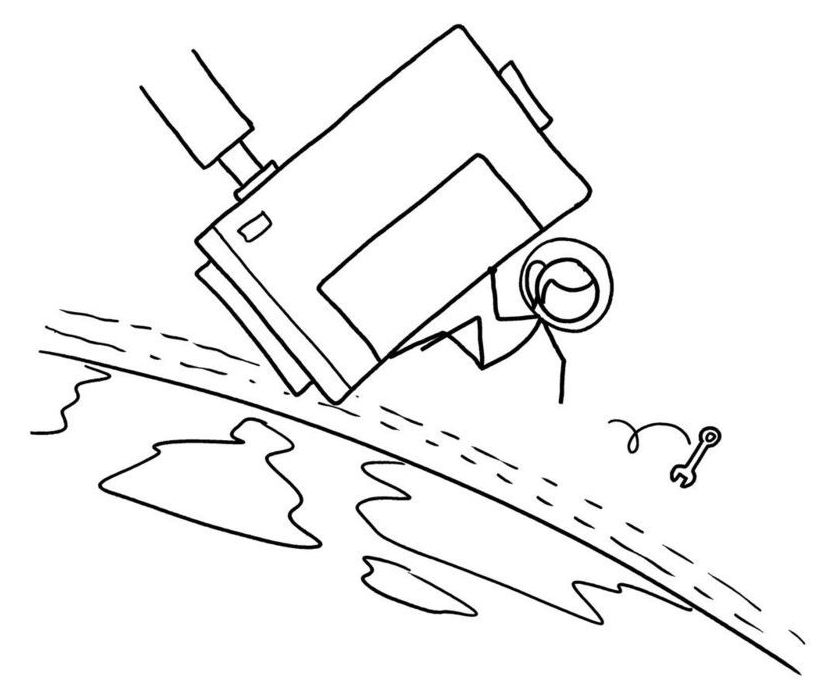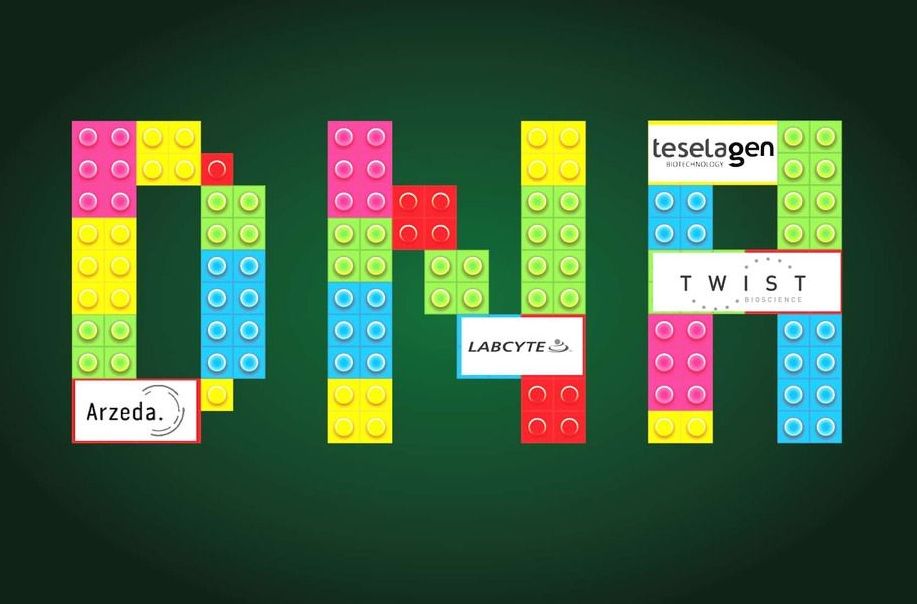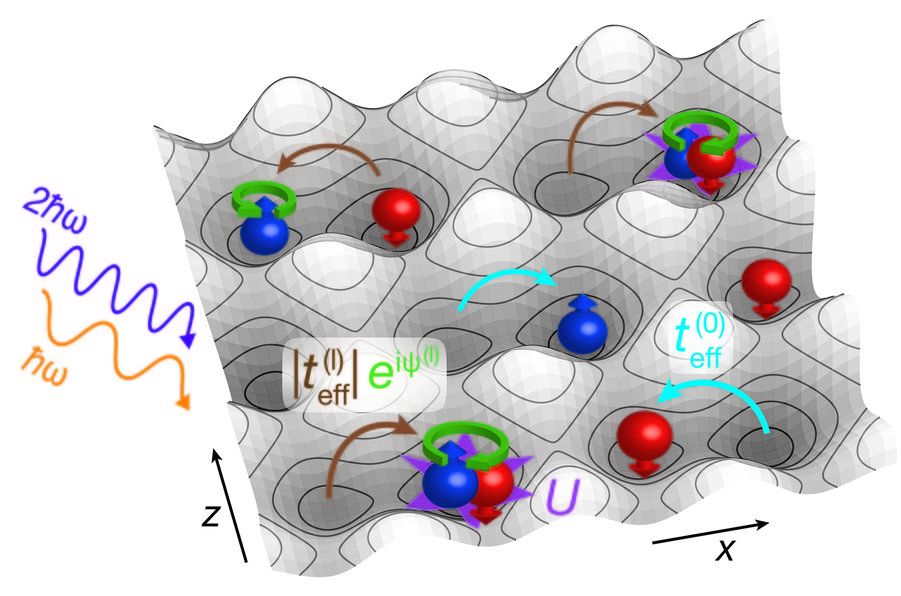A V12 engine and a supercapacitor make for a rowdy, electrified bull.




The human body is an incredible machine. It is impossible to determine which is the essential body part for sustaining life — because there is no single indispensable part. If your heart stops beating, you will die. If your lungs stop working, your brain — and thus all of your cells — will eventually die. Without a stomach or intestines you cannot acquire nutrients and you will die. All parts are critical for optimal function, for sustaining life.
Synthetic biology as a field is no different. There are those that supply DNA — arguably the critical building block for every single synthetic biology application. There are those that automate and scale components of the design-build-test cycle to enable innovation to effect change in meaningful timelines. But when all of those parts come together with a single goal, the power of synthetic biology reaches new levels.
Such potential is exactly what Arzeda — through a collaboration with TeselaGen, Twist Bioscience, and Labcyte — has brought to us. Each company, a giant in its own right, provides an essential, needed component to an elegant, efficient workflow that can best be described as a “DNA assembly line” for more rapid, efficient protein design and production. The companies’ products work seamlessly: Twist produces the DNA fragments needed to make protein-expressing plasmids, Labcyte’s acoustic liquid handler (the Echo 525) facilitates rapid DNA assembly, and TeselaGen’s DNA assembly design and laboratory automation software connects the two, designing plasmids and ordering the necessary sequences from Twist while generating worklists for the Echo to execute.
New blood test could predict your risk of early death!

Age-related changes to the signals sent and received by our cells travelling via the bloodstream are one of the hallmarks of aging. A team of researchers, including Drs. Irina and Michael Conboy, has published the results of a new study suggesting that rejuvenation might be achieved by the calibration of these signals found in the blood [1].
The search for rejuvenation
The Conboys had done earlier research in joining of the circulatory systems between young and old animals, a process known as parabiosis, and they showed that tissue aging was not a one-way street and could be rapidly reversed in a matter of weeks, given access to the beneficial signaling from the younger animal [2].

One firm looking to capitalize is Beijing-based startup i-Space, which is preparing for its third launch in coming weeks. Like most of the $500 million-valued firm’s employees, CEO Jingqi Cai came from China’s state space industry. She sees no limit to what the Chinese commercial space industry can achieve. “I don’t know any country in the world which can do things as fast as in China,” says Cai.
Still, the ability of China’s commercial space firms to compete is curtailed by strict International Traffic in Arms Regulations (ITAR) rules, which prohibit satellites containing American components from being launched by China. In response, China is offering holistic “turnkey” solutions: building U.S. component-free satellites for clients, handling the launch and offering ground station support. Although China’s share of the commercial market remains small at around 5–10%, say analysts, it is growing with launch of communications and surveillance satellites for nations like Brazil, Venezuela, Laos, Nigeria and Algeria. In addition, European satellite manufacturers have begun designing devices labeled as “ITAR-free” for this reason.
The likelihood is that China’s space exploration and commercial programs will advance in tandem. For i-Space chief engineer Yi Wei, launching satellites is simple compared to his previous job designing escape pods for China’s state-run human space program. “In comparison, I feel no pressure here at all,” he says.

Why the rush? It now costs $2.6 billion, by one estimate, to get a new drug to market, and pipelines are only getting slower and more expensive. There’s hope—and hype—that AI could help chip away at that figure by reducing the time and labor before a drug starts clinical trials. The idea is that the same techniques used to generate realistic deepfakes and deftly play Go might be able to decipher the complex rules of drug design and generate molecules from scratch.
Insilico Medicine is among several startups trying to harness artificial intelligence to speed to development of drugs.

DESIGNS for the ‘first space hotel’ have been revealed and it’s as weird and futuristic as you would expect.
The orbiting space station is designed to accommodate 400 guests and has facilities that you find in top hotels such as restaurants, bars and a cinema.
The commercial space hotel has been designed by The Gateway Foundation.


Quantum gauge theories are mathematical constructs that are typically used by physicists to describe subatomic particles, their associated wave fields and the interactions between them. The dynamics outlined by these theories are difficult to compute, yet effectively emulating them in the lab could lead to valuable new insight and discoveries.
In a recent study, a team of researchers at ETH Zurich’s Institute for Quantum Electronics successfully implemented a fundamental ingredient for the simulation of quantum gauge theories in a laboratory experiment. Their hope is that by simulating quantum systems in a highly controlled environment, they will gather interesting observations and broaden their understanding of many-body systems (i.e., systems with many particles that interact with each other).
“Usually, our work is inspired by phenomena in solid state physics such as strongly correlated phases of electrons in complex materials,” Tilman Esslinger, one of the researchers who carried out the study, told Phys.org. “In our current work, however, we wanted to extend the scope of our experimental platform (i.e., ultracold atoms in optical lattices) in order to investigate a new set of phenomena occurring in high-energy and condensed matter physics. The objective was to demonstrate that it is possible to engineer gauge fields in our setup that are dynamical quantum degrees of freedom due to their coupling to a matter field.”